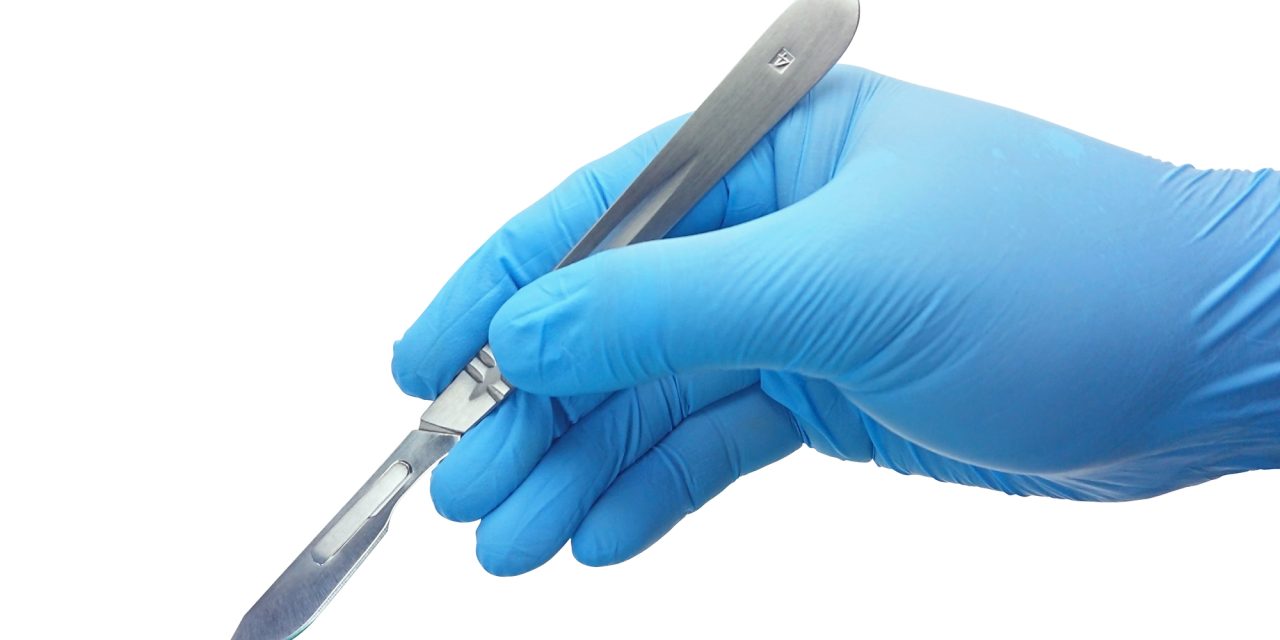Total elbow arthroplasty treats unreconstructible distal humerus fractures; nevertheless, implant durability is still an issue, particularly in younger patients. However, distal humeral hemiarthroplasty (DHH) provides an option with possible long-term benefits. A retrospective analysis of ten patients who received DHH for distal humerus fractures by a single surgeon for four years (2008-2012). Patients’ range of motion, MEPS, DASH, VAS, SANE, SST, CCI, and ASES scores were tested by Researchers. The average patent age at surgery was 71.9 years (range 56-81 years), and the average follow-up period was 115.2 months (range 96-144 months). Patients maintained improvements in MEPS (mean 88, range 75-100) and DASH scores (mean 37.1, range 11.21-55.09), with no statistically significant decline in the range of motion or scores compared to short or mid-term results. The mean VAS was 2.2 (range 0-7), the SANE was 69 (range 55-85), the ASES was 76.66 (range 51.67-100), and the CCI was 4.3. (range 1-7). The average flexion of participants was 126° (range: 90-140°), the extension was 36° (range: 30-45°), supination was 66° (range: 60-70°), and pronation was 64° (range: 45-80°). There were no elbow dislocations, subluxations, or heterotopic ossifications found. One fracture and one complaint of conspicuous hardware were among the complications. Four patients were pronounced dead, and they lost one to follow-up. According to this long-term study, DHH may be an effective treatment for certain distal humerus fractures. The findings indicate that elbow range of motion and functional use is maintained compared to short and mid-term studies, with no discernible change in radiographic cartilage wear along the radius or ulna.
Source: www.jshoulderelbow.org/article/S1058-2746(22)00152-5/fulltext


